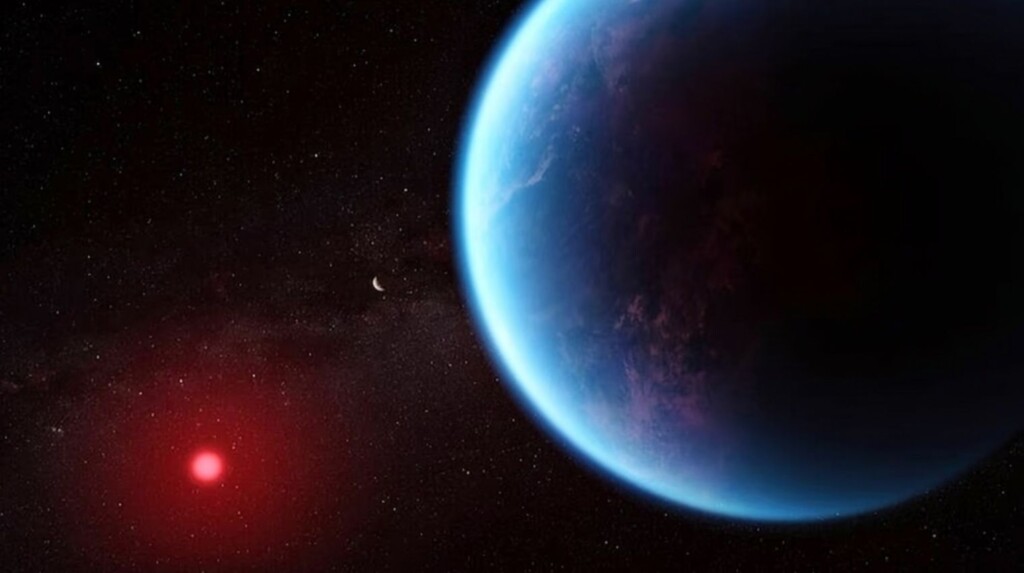A new method for exploring the possibility of extraterrestrial life has been presented in a pioneering research article published in Nature Astronomy. The study, conducted by scientists from MIT, the University of Birmingham, and other esteemed institutions, emphasizes the importance of focusing on what is absent rather than what is present in a planet’s atmosphere.
Under the guidance of Julien de Wit from MIT and Amaury Triaud from the University of Birmingham, the research team proposes that terrestrial planets exhibiting considerably reduced carbon dioxide levels in comparison to their neighboring planets could potentially host liquid water and support the existence of life.
This hypothesis is derived from observations made within our own solar system. It is noteworthy that Earth, with its abundant liquid water, possesses significantly lower levels of atmospheric CO2 compared to Venus or Mars.
A novel approach to identifying habitability relies on the utilization of the James Webb Space Telescope (JWST). This advanced instrument has the capability to detect the proposed ‘habitability signature’ – a relative decrease in carbon dioxide. Unlike previous indicators of habitability that were beyond the reach of current technology, this signature can now be detected.
According to de Wit, the pursuit of habitable exoplanets and the potential existence of life is the ultimate goal in exoplanet science. With the newfound ability to determine the presence of liquid water on other planets, we are now equipped to embark on this quest in the coming years.
After astronomers have documented more than 5,200 exoplanets, the recent revelation has emerged. However, confirming their habitability directly has proven to be a challenging task. While scientists can make inferences about a planet’s ability to sustain life based on its orbit, obtaining direct evidence of liquid water has remained unattainable.
The team’s approach involves initially verifying the presence of an atmosphere on these distant planets by detecting carbon dioxide and then measuring its concentration to identify any significant depletion.
Nevertheless, the discovery of a habitable planet does not necessarily imply that it is inhabited. To address this, the researchers suggest searching for ozone in a planet’s atmosphere. On Earth, ozone is a byproduct of life, formed when oxygen released by plants and microbes reacts with sunlight. If both ozone and reduced carbon dioxide are detected, it could indicate not only a habitable planet but also one teeming with life.
Triaud explains, “If we observe ozone, there is a high likelihood that it is linked to the consumption of carbon dioxide by life. It would signify a planetary-scale biomass capable of processing a substantial amount of carbon and interacting with it.”
The JWST is ready to test this hypothesis on systems such as TRAPPIST-1, which is a mere 40 light-years away and consists of seven Earth-sized planets orbiting a single star. In the near future, this system, along with others, may reveal whether this new approach leads to the discovery of worlds where life, as we currently understand it, could potentially exist.
